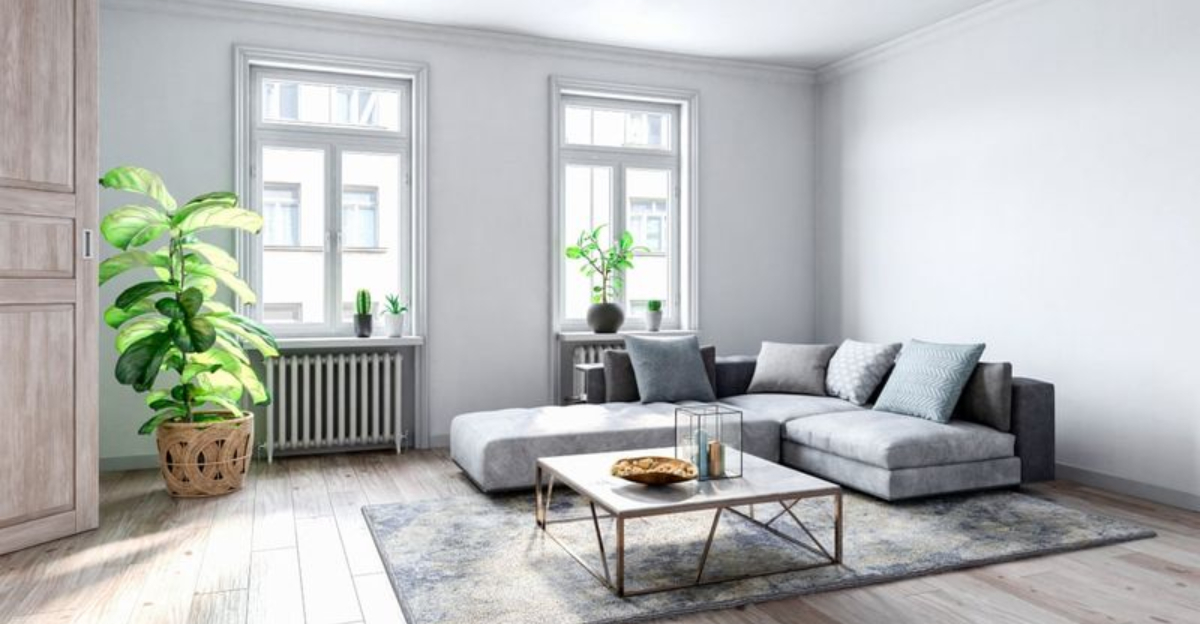Home design trends come and go faster than you can say ‘open concept.’ What feels fresh today can look dated tomorrow, leaving you with regrets and renovation bills.
Instead of chasing every Pinterest-perfect fad, it’s smarter to focus on designs that stand the test of time while still reflecting your personal style.
1. All-White Everything
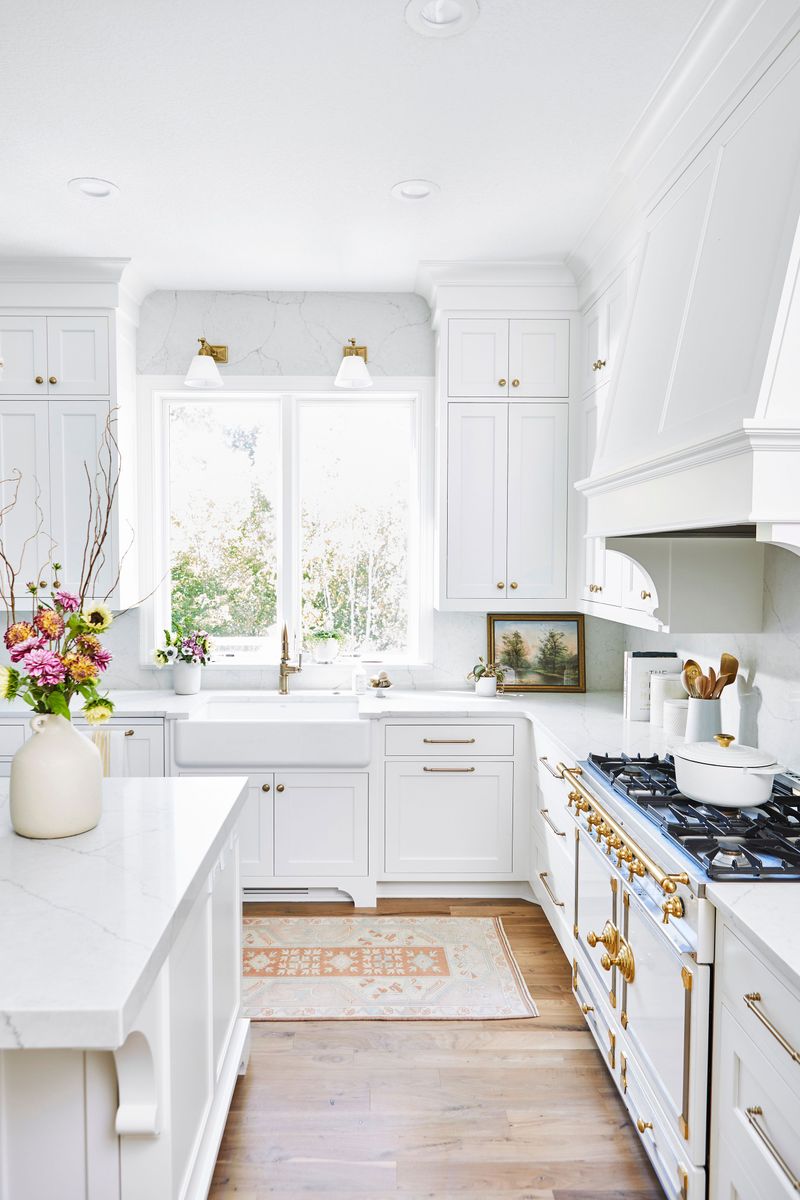
The pristine all-white kitchen might photograph beautifully, but living with it is another story. Coffee spills become emergencies and fingerprints appear like crime scene evidence.
Instead, embrace warm neutrals with actual color. Creamy whites, soft taupes, or gentle grays create the same clean feeling without the maintenance nightmare. Add wood elements for warmth that ages gracefully.
2. Live Laugh Love Signs
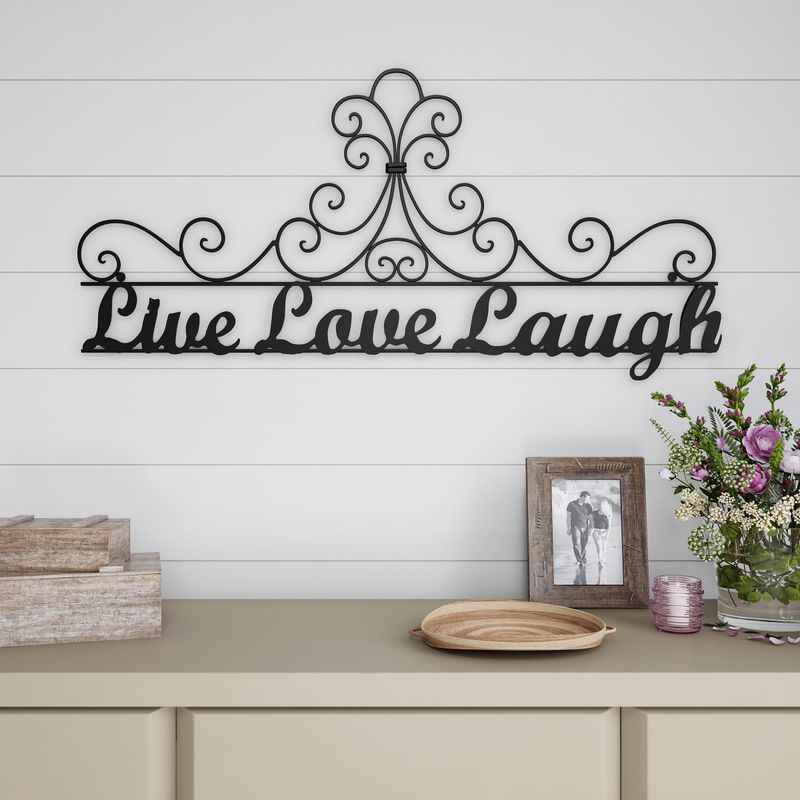
Nothing screams ‘I let Pinterest decorate my house’ like a wall plastered with inspirational quotes. These mass-produced word art pieces have become the decorating equivalent of a bumper sticker.
Replace these with actual art that speaks to you. Vintage prints, original paintings, or even framed textiles tell your unique story without spelling it out. Your personality deserves better than grocery store platitudes.
3. Shiplap Overload
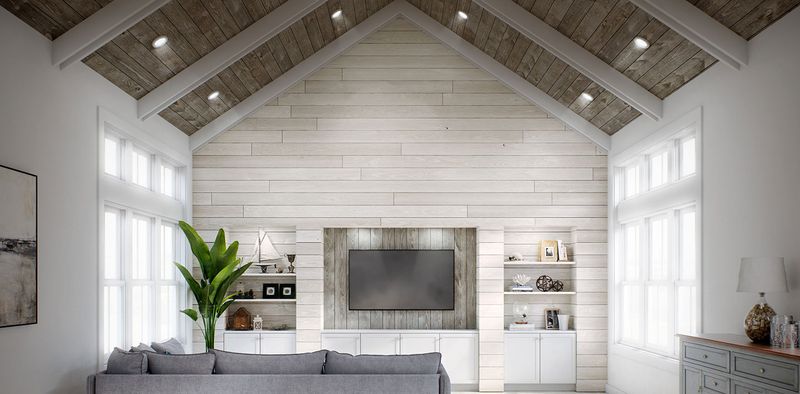
Thanks to certain renovation shows, shiplap has become the wallpaper of the 2010s. Not every wall needs horizontal wooden planks, especially if you don’t live in a coastal cottage.
For texture that won’t date your home instantly, consider subtle wallpaper with timeless patterns, textured plaster, or even a carefully chosen paint color with depth. These options add character without screaming ‘farmhouse wannabe.’
4. Open Shelving Everywhere
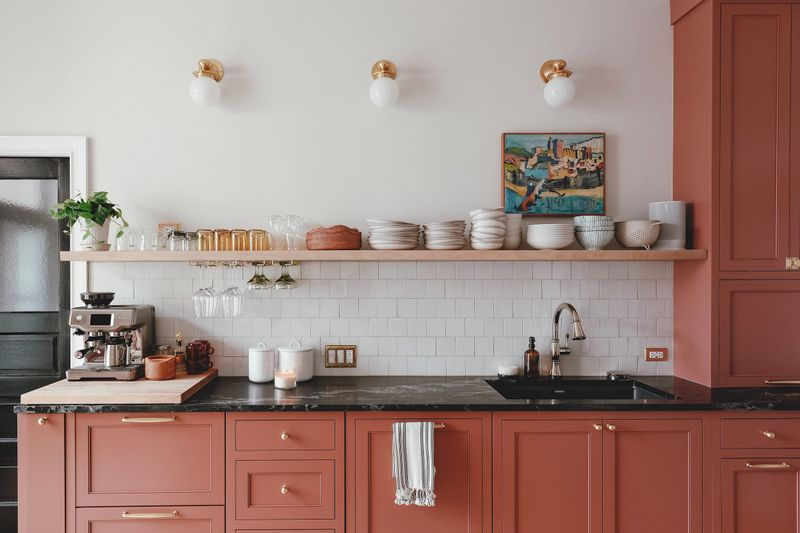
Those Instagram-perfect open kitchen shelves look dreamy until you realize they’re dust magnets requiring weekly styling. Most of us don’t own perfectly coordinated dish collections worth displaying.
Mix closed and open storage instead. Keep everyday essentials behind cabinet doors and reserve a small section of open shelving for your actually attractive pieces. Your future self will thank you when there’s less dusting and hiding clutter.
5. Faux Industrial Everything
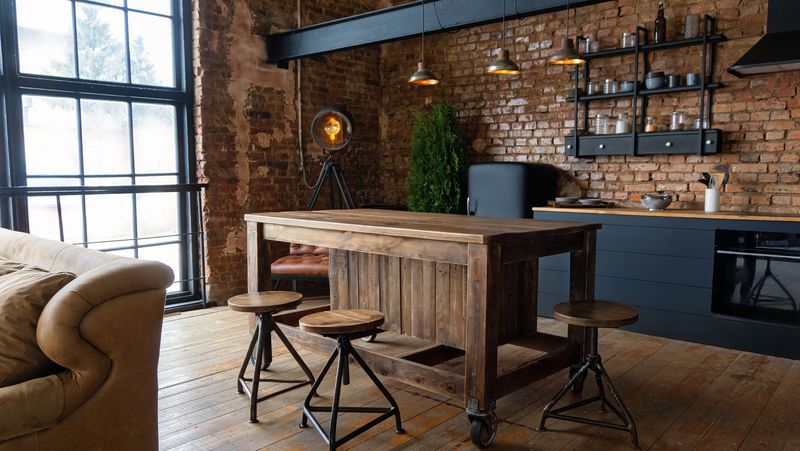
Not everyone lives in a converted factory, yet so many homes sport fake exposed pipes, mass-produced “distressed” furniture, and Edison bulbs galore. This look feels forced when it’s not authentic to the space.
Incorporate industrial elements selectively instead. One statement piece like a genuine vintage factory cart or a quality metal light fixture can add character without turning your suburban home into a pretend loft.
6. Oversized Kitchen Islands
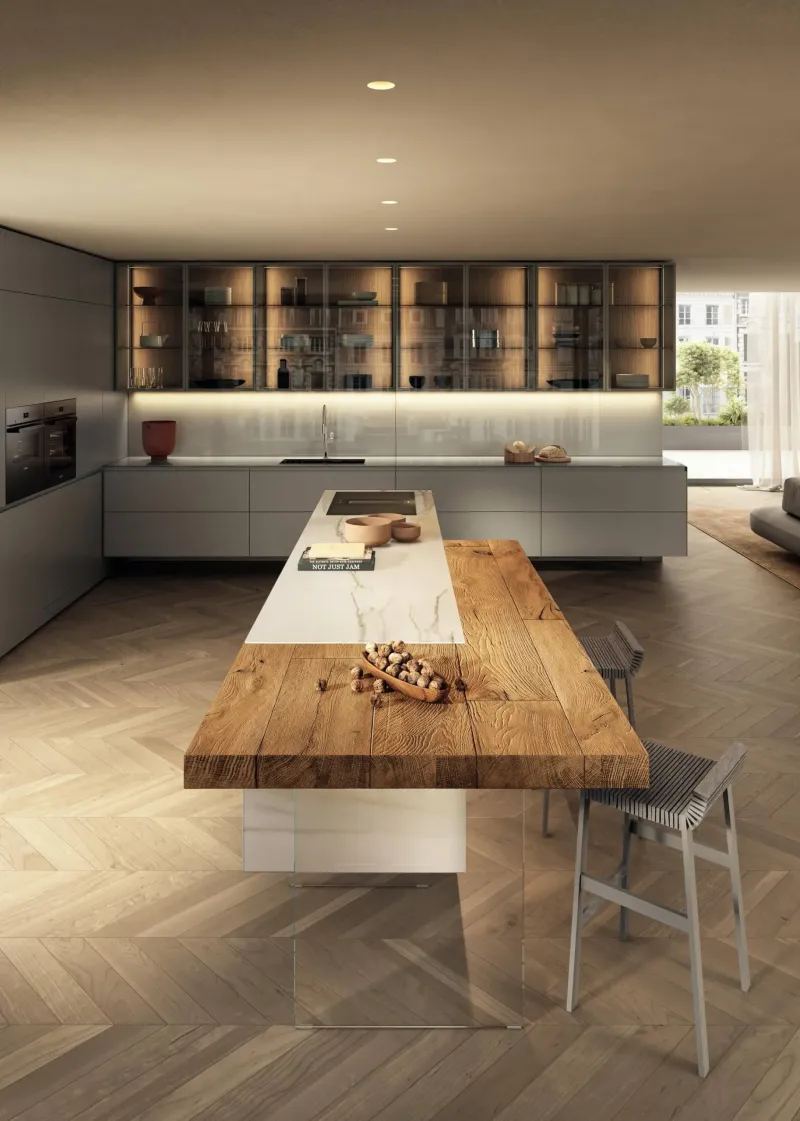
The massive kitchen island has become the status symbol of home renovations. Yet many homeowners install islands so large you need a GPS to navigate around them in modest-sized kitchens.
Scale your island to your actual space. A properly sized island with smart storage is infinitely more functional than an oversized obstacle. Consider a rolling cart or peninsula if your kitchen is tight—movement flexibility beats bragging rights.
7. Greige Everything

The gray-beige combo promised to be timeless, but entire homes drenched in greige feel about as exciting as cold oatmeal. This safe choice has become the default setting of boring interiors.
Introduce actual color into your neutral base. Deep blues, forest greens, or even rich terracottas add life and personality while still feeling sophisticated. Color creates emotional connection to spaces that no amount of greige can deliver.
8. Matching Furniture Sets
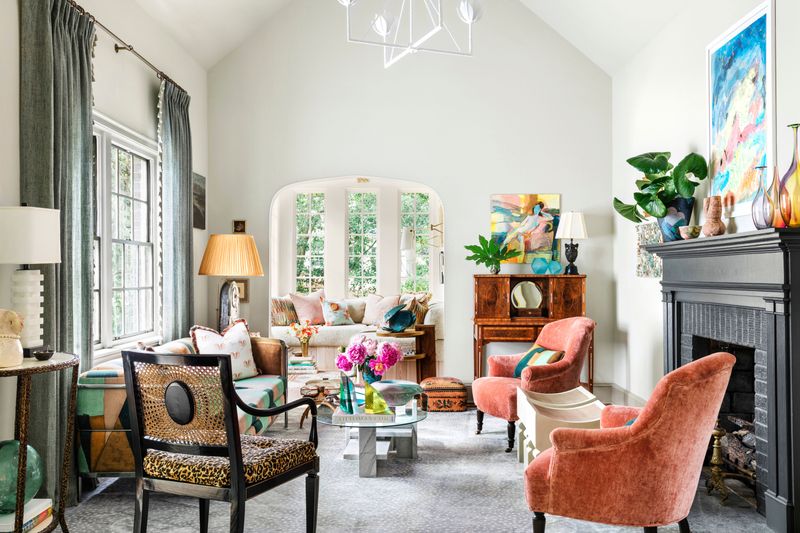
Buying the entire furniture display room seemed smart until your living room started resembling a hotel lobby. Matching sets create a flat, uninspired space that lacks the layered look of thoughtfully designed rooms.
Mix furniture styles with intention. Pair that contemporary sofa with vintage side tables or add a distinctly different armchair. The magic happens in the thoughtful combinations—just keep a consistent thread through color, scale or material.
9. Barn Doors Everywhere
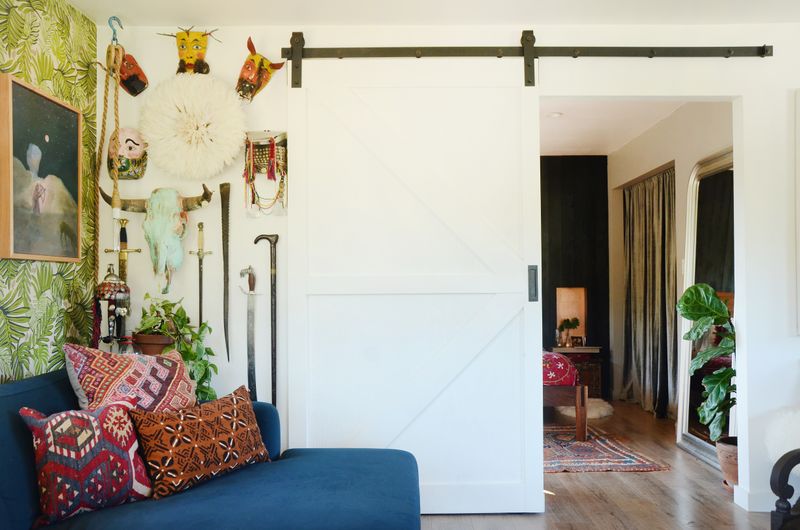
Sliding barn doors became the cure-all for awkward doorways, but they’re rarely practical. They don’t seal for sound privacy, take up wall space when open, and frankly, look bizarre in contemporary homes.
Consider pocket doors for space-saving solutions without the farmhouse vibe. French doors add elegance while still providing openness. Even a well-designed standard door with quality hardware makes more sense than forcing rustic elements into modern spaces.
10. Excessive Macramé and Pampas Grass
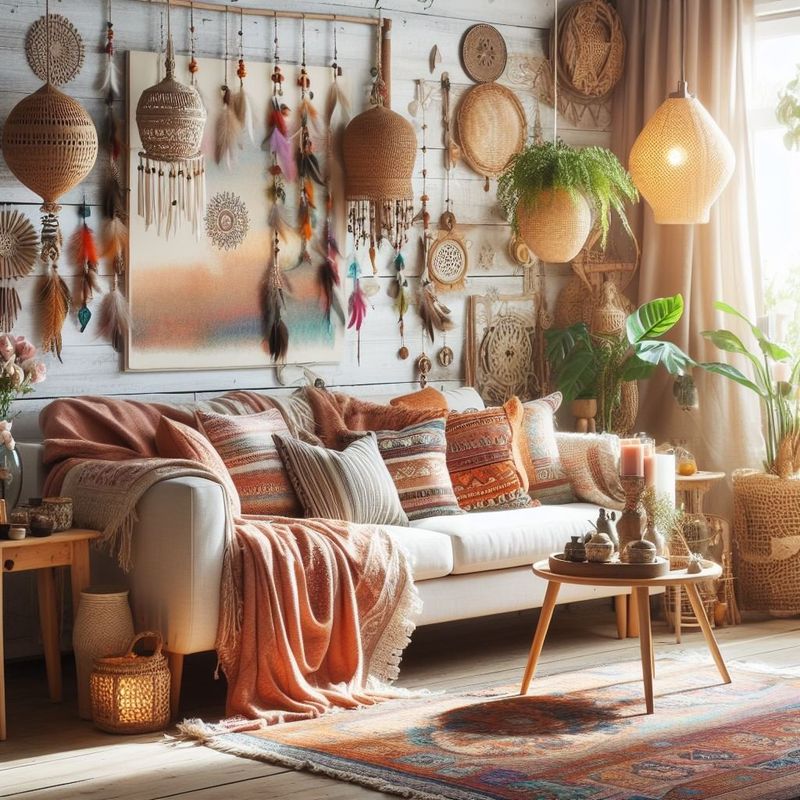
The boho explosion left homes drowning in wall hangings, dried grasses, and enough macramé to outfit a 1970s commune. What started as organic and artisanal quickly became mass-produced and tiresome.
Choose quality over quantity with textural elements. One beautiful handmade textile or a single dramatic plant makes more impact than twenty generic boho accessories. Natural elements should feel purposeful, not like you’re running a craft fair.
11. Floating Vanities with Zero Storage
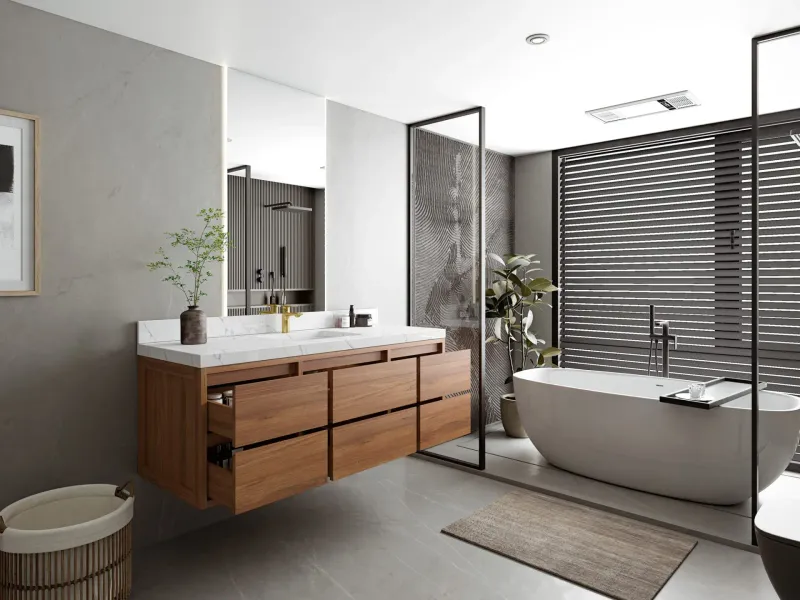
Floating bathroom vanities look sleek in design magazines but fail spectacularly in real life. Where exactly are you supposed to store spare toilet paper, cleaning supplies, and all those hair products?
Compromise with a vanity that incorporates both style and function. Semi-floating designs with some closed storage maintain the airy feel while acknowledging that humans own stuff. Bathroom design should solve problems, not create them.
12. Farmhouse Sinks in Modern Homes
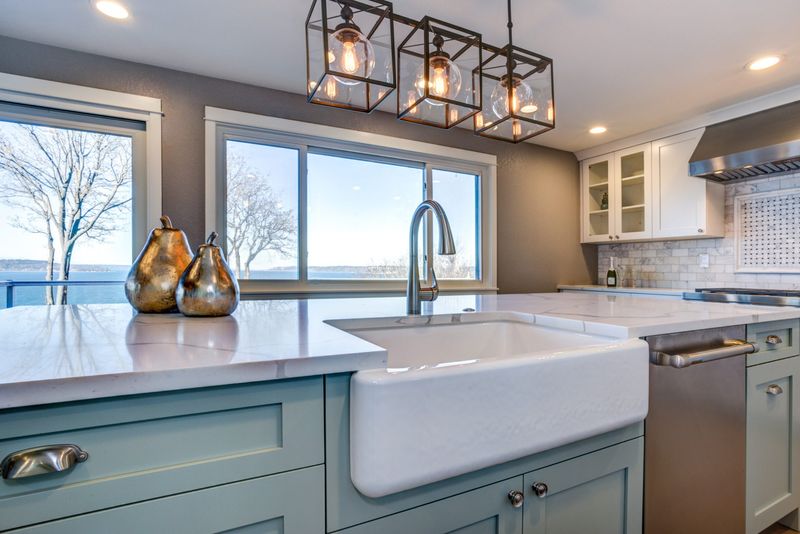
The farmhouse sink became so ubiquitous you’d think we all lived on rural homesteads churning butter. These deep, protruding basins often clash with contemporary kitchens and waste valuable counter space.
Undermount sinks offer clean lines and practicality. If you crave character, consider a unique fixture or interesting faucet that doesn’t pretend your condo is a country estate.
13. LED Strip Lighting Everywhere
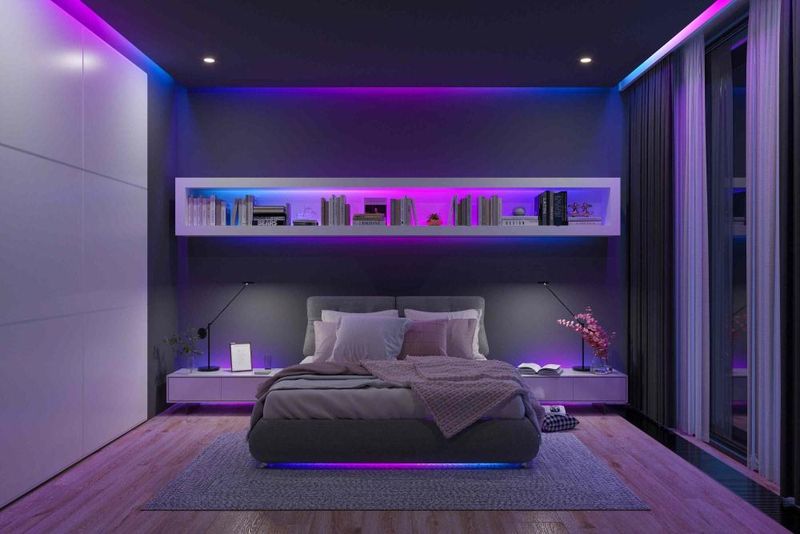
LED strips have turned homes into nightclubs with blue light radiating from under cabinets, beds, and even toilets. This trend quickly transforms from modern to tacky without careful restraint.
Use lighting to solve actual problems instead. Quality task lighting where you need it, well-placed ambient lights, and a few accent fixtures create sophisticated illumination. Good lighting should enhance your space, not make it look like a spaceship.
14. Busy Statement Tile Everywhere
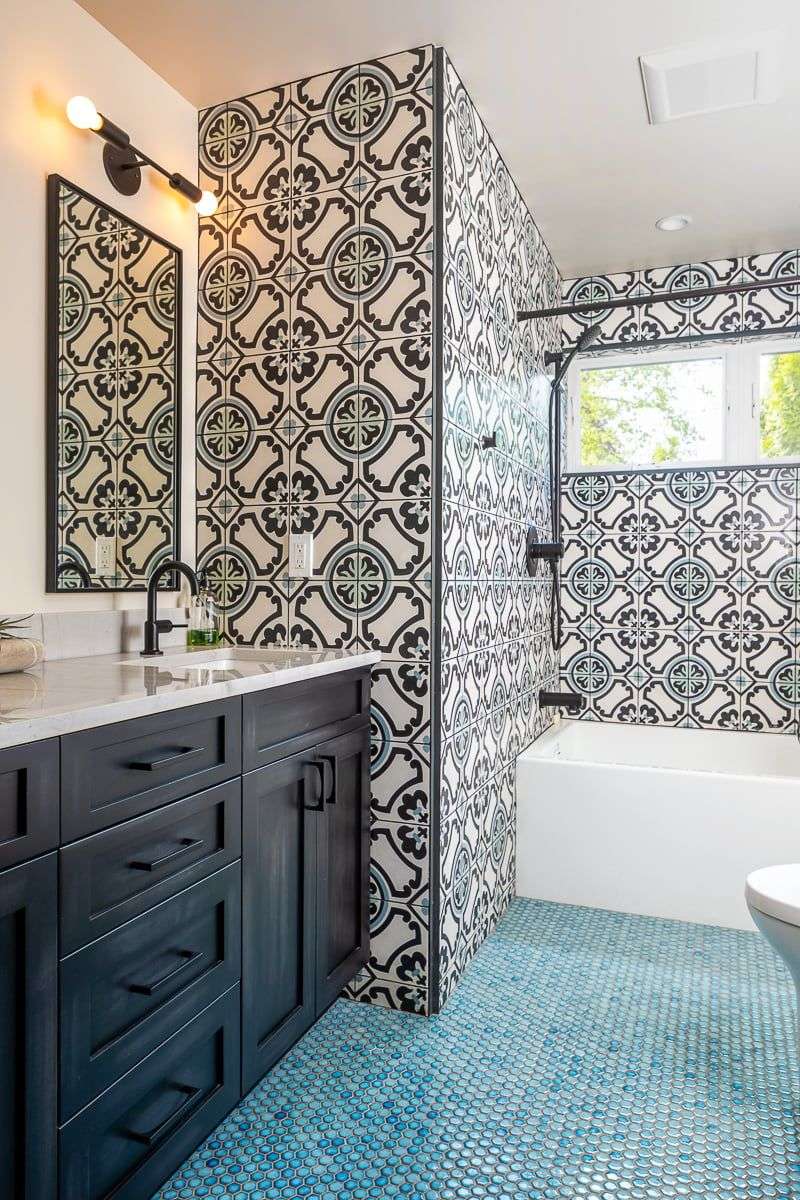
Bold geometric tiles seemed like a personality injection until they started fighting with everything else in the room. Statement tiles that dominate entire bathrooms or kitchen backsplashes quickly become visual fatigue.
Limit bold patterns to smaller areas or focal points. A statement floor in a powder room works because it’s contained. For larger spaces, consider subtle texture or a classic pattern that won’t make you dizzy or feel dated by next year.
15. Arch and Scallop Overload
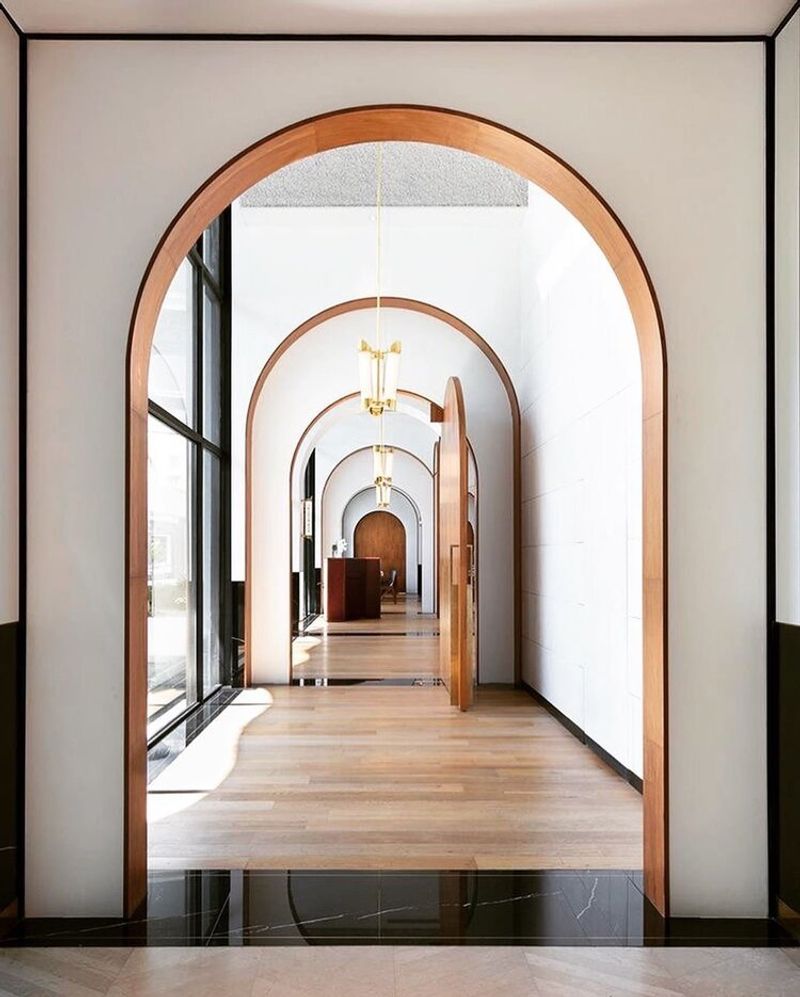
Arched mirrors, scalloped edges, and curved everything have saturated social media to the point of visual exhaustion. What starts as charming quickly becomes childish when every surface sports the same trendy shape.
A single arched doorway or one quality scalloped piece has staying power. Design should evolve naturally, not jump on every curved bandwagon.
16. Concrete Floors in Cold Climates
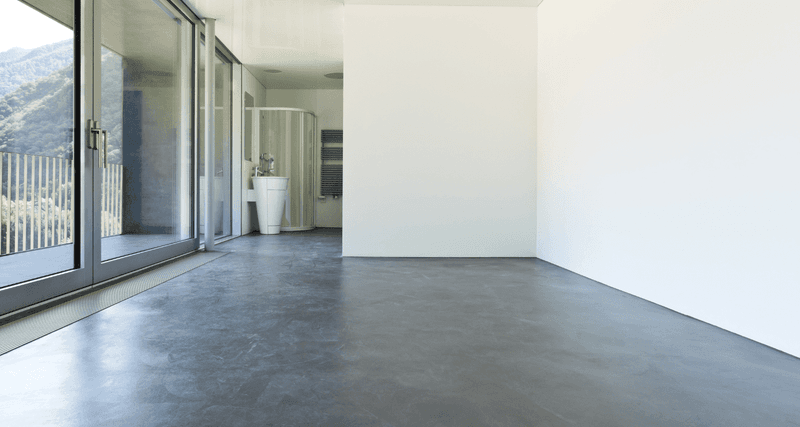
Polished concrete floors look industrial-chic but turn into ice rinks for your feet in any climate with actual seasons. Form should never completely abandon function, especially underfoot.
Wood floors with gray washes can offer similar aesthetic appeal. If you’re committed to concrete, invest heavily in radiant floor heating—your winter self deserves warm toes.
17. Peel-and-Stick Wood Feature Walls
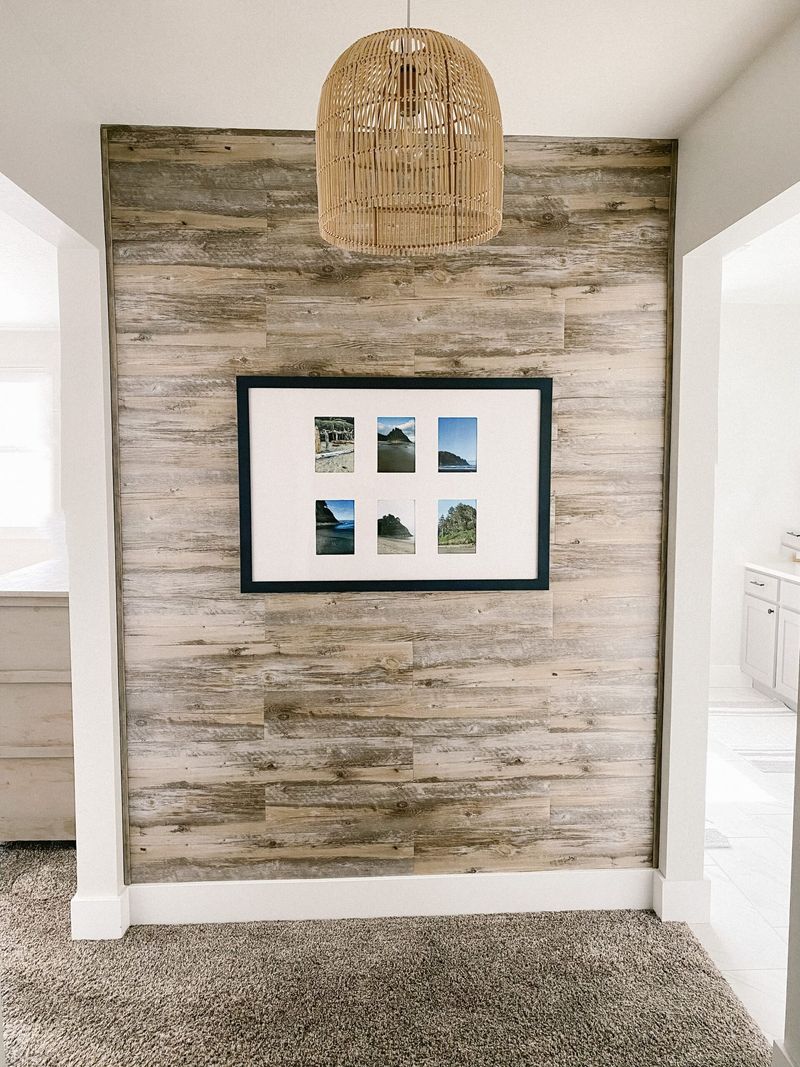
Adhesive wood paneling promised instant character without commitment. The reality? Most installations look obviously fake and begin peeling at the corners within months.
Real wood accent walls, quality wallpaper, or even well-executed paint techniques create depth without the desperation of temporary solutions. Good design requires some commitment—there are few true shortcuts.
18. Designing for Instagram, Not Living
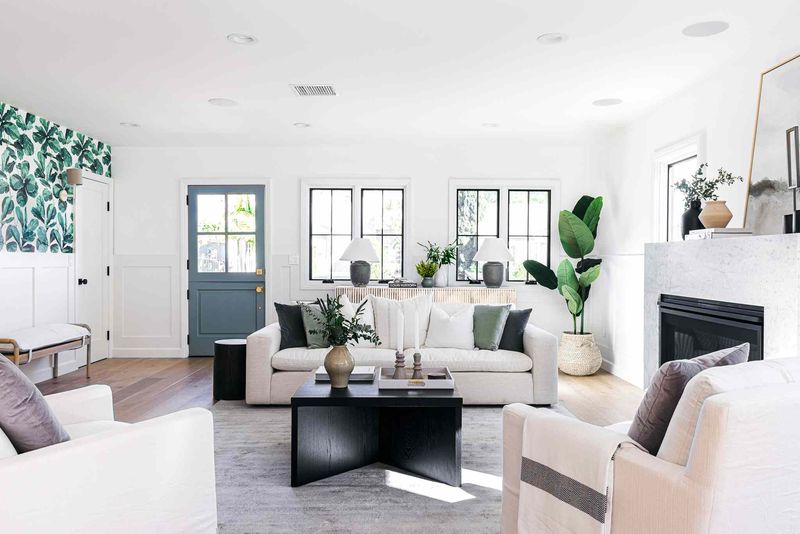
Creating spaces solely for social media approval leads to uncomfortable, impractical homes. That all-white sofa looks stunning online but becomes a stress factory with actual humans, pets, or red wine nearby.
Focus on materials that fit your lifestyle, layouts that support daily routines, and colors that bring joy. A photogenic home that sparks anxiety isn’t worth the likes.

